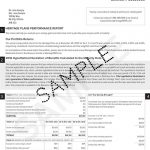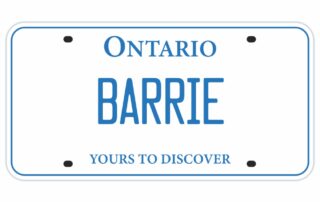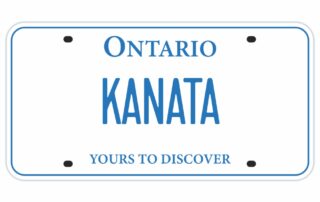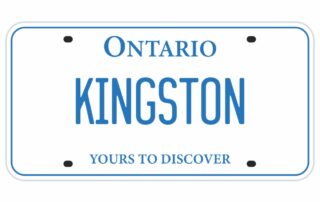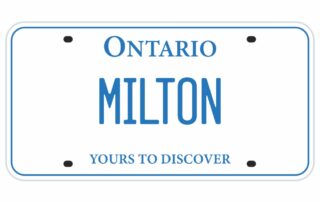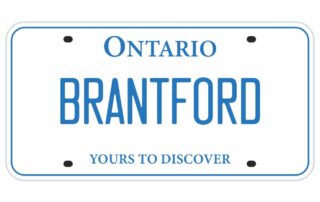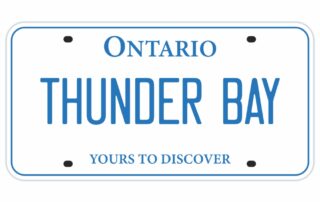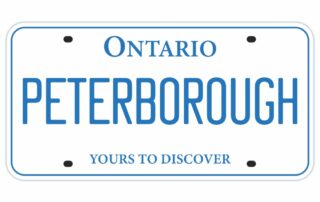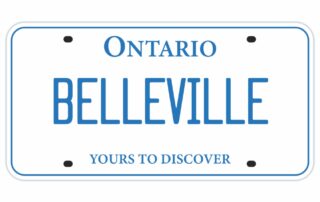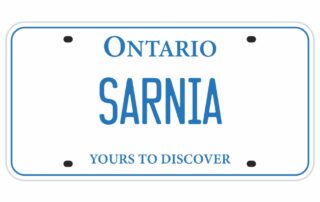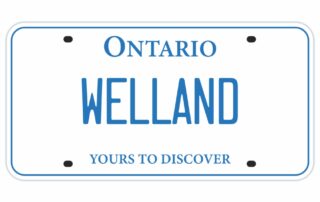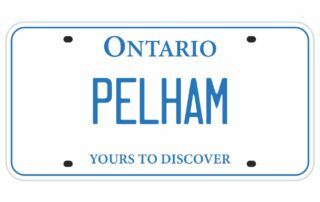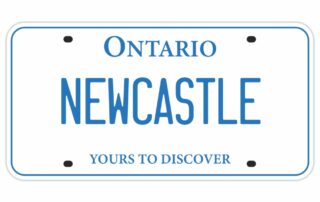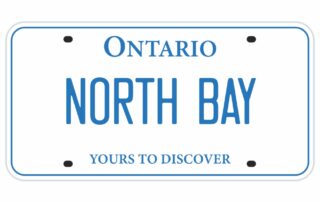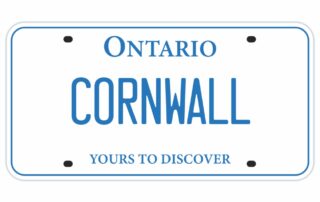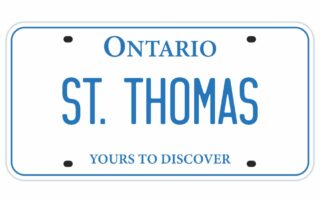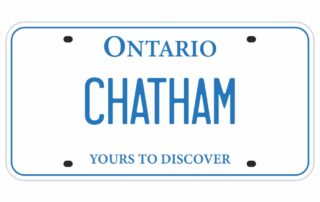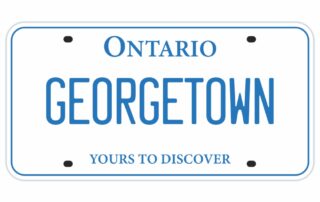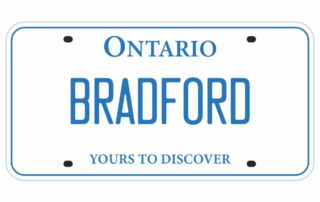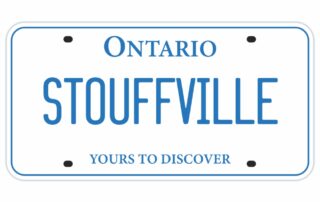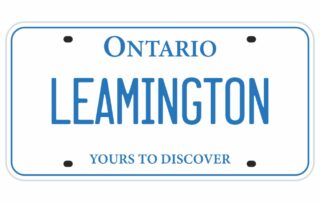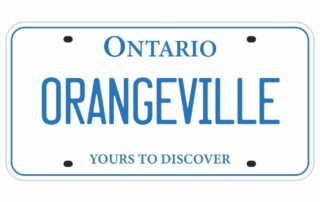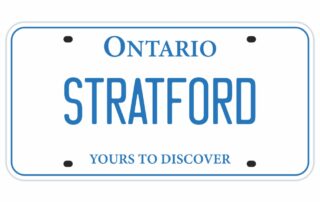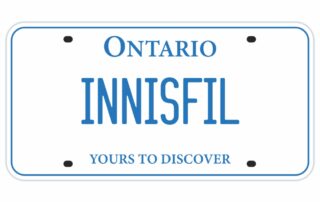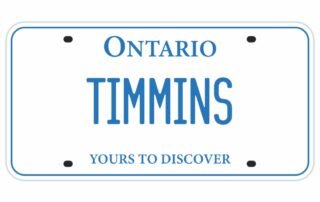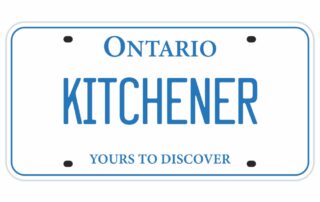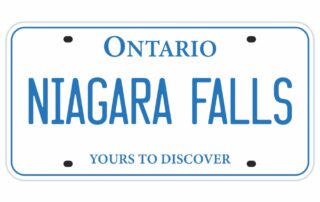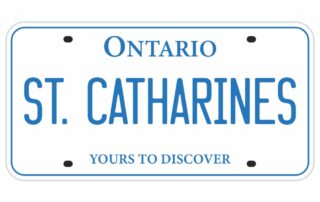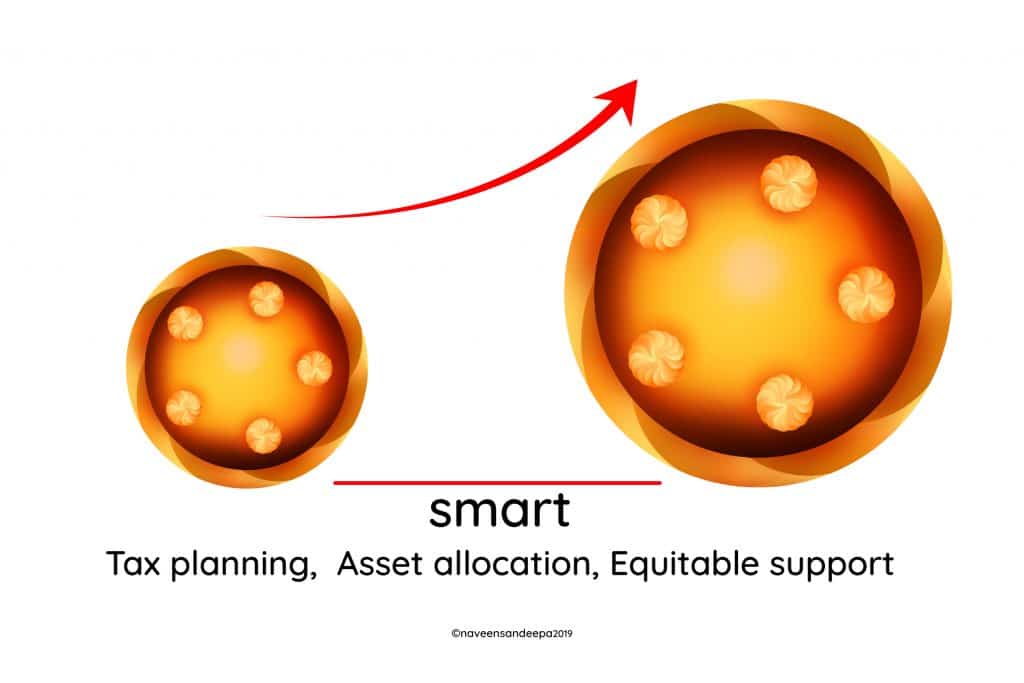How Division of Property in Ontario Works


If you can’t agree on splitting assets, mediation or arbitration can help resolve disputes. If these methods fail, the court will make a decision based on the Divorce Act. Working with a Divorce Mediator or Certified Divorce Financial Analyst can help facilitate an agreement and avoid court intervention.
Retirement accounts, including pensions and RRSPs, are considered matrimonial assets and are divided based on their value accrued during the marriage. This can involve direct transfers or offsetting with other assets. Consulting with a Certified Divorce Financial Analyst ensures a fair and tax-efficient division.
Mediation is not required but is strongly recommended. It helps spouses reach a mutually agreeable settlement without court intervention. A Divorce Mediator or Certified Divorce Financial Analyst can facilitate mediation sessions, making the process smoother and more amicable.
Tax implications can include capital gains tax on the sale of properties, transfer taxes, and potential tax liabilities on divided assets like investments and pensions. Consulting with a Certified Divorce Financial Analyst can help you understand and plan for these tax consequences to minimize financial impact.
No, selling the family home is not always necessary. Alternatives include one spouse buying out the other’s share or agreeing to retain joint ownership until a later date. A Divorce Mediator or Certified Divorce Financial Analyst can help explore these options to find the best solution for both parties.
Valuing assets involves assessing the current market value of properties, investments, pensions, and other marital assets. Professional appraisals may be required for accurate valuations. A Certified Divorce Financial Analyst can provide expertise in valuing complex assets to ensure an equitable division.
The court gets involved if the spouses cannot reach an agreement on asset division. The court will then decide based on the principles outlined in the Divorce Act. To avoid court, it’s advisable to seek the help of a Divorce Mediator or Certified Divorce Financial Analyst to facilitate an agreement.
| Documents needed include financial statements, property deeds, mortgage statements, investment accounts, pension details, and debt records. Accurate documentation helps ensure a fair division of assets. A Certified Divorce Financial Analyst can assist in gathering and organizing these documents for a smoother process.
Yes, splitting assets amicably is possible and often preferable. This can be achieved through mediation, where both parties work together to agree on the division of assets. A Divorce Mediator or Certified Divorce Financial Analyst can facilitate these discussions and help reach a fair and mutually acceptable agreement.
Yes, a separation agreement is highly recommended as it outlines the division of assets and other terms agreed upon by both parties. It can prevent future disputes and is legally binding once signed. Consulting a Divorce Mediator or Certified Divorce Financial Analyst can ensure all aspects are fairly addressed.
A business owned during the marriage is considered a matrimonial asset. Its value will be assessed and included in the asset division. Options include selling the business and splitting the proceeds or one spouse buying out the other’s interest. Professional advice is crucial in valuing and dividing business assets fairly.
Debts incurred during the marriage are considered matrimonial debts and are typically divided equally between the spouses. This includes mortgages, credit card debts, and loans. A Divorce Mediator or Certified Divorce Financial Analyst can assist in determining a fair division of debts.
Yes, inheritance is generally excluded from matrimonial assets if it has been kept separate from marital property. However, if it has been co-mingled with joint assets, it may be subject to division. Consulting with a family lawyer can help clarify how inheritance should be treated in your specific case.
Yes, pensions are considered matrimonial assets and must be shared in a divorce. The value accrued during the marriage is subject to division. A Certified Divorce Financial Analyst can help determine the value of the pension and how it should be divided to ensure a fair settlement.
The family home, known as the matrimonial home, is typically divided equally between spouses, regardless of whose name is on the title. This can involve selling the home and splitting the proceeds or one spouse buying out the other’s share. A Divorce Mediator or Certified Divorce Financial Analyst can help negotiate the best outcome.
In Ontario, matrimonial assets include all properties acquired during the marriage, such as the family home, savings, pensions, investments, and debts. Assets acquired before the marriage or through inheritance may be excluded. Consulting with a professional can help identify and value these assets accurately.
Yes, a prenuptial agreement is considered when splitting assets in Ontario. It outlines the division of assets in the event of a divorce, and courts generally uphold these agreements if they are deemed fair and were entered into voluntarily. Consulting with a family lawyer can ensure the prenuptial agreement is correctly applied.
It is important to split assets fairly to ensure that both parties can move forward financially stable and that any children involved are provided for. Fair asset division can reduce conflict and foster a more amicable post-divorce relationship. A Divorce Mediator or Certified Divorce Financial Analyst can help achieve a fair division.
In Ontario, assets are typically split based on mutual agreement between the spouses. If an agreement cannot be reached, the court will decide based on the principles outlined in the Divorce Act. A Divorce Mediator or Certified Divorce Financial Analyst can help facilitate an agreement to avoid court intervention.
You can get help from Divorce Mediators, Certified Divorce Financial Analysts, and family lawyers. These professionals offer guidance on asset division, ensuring fair and efficient resolution. Many offer in-person and virtual consultations, making it easy to get the support you need.
You should start splitting assets as soon as you decide to separate. Early planning helps ensure a clear understanding of your financial situation, making the process smoother. A Divorce Mediator or Certified Divorce Financial Analyst can assist in organizing and valuing assets early in the separation.
The process for splitting assets in a divorce in Ontario involves:
- Identifying all assets and debts,
- Valuing these assets,
- Negotiating an equitable division,
- Drafting a separation agreement, and
- Finalizing the agreement through court if necessary.
Consulting professionals can help streamline this process.
Yes, you can split assets without going to court in Ontario. This can be achieved through negotiation, mediation, or arbitration. Working with a Divorce Mediator or Certified Divorce Financial Analyst can facilitate this process, helping you reach a mutually agreeable settlement outside of court.
No, you do not necessarily need a lawyer to split assets in a divorce in Ontario. However, legal advice can be very beneficial. A Divorce Mediator or Certified Divorce Financial Analyst can also assist in reaching an amicable agreement, ensuring all legal aspects are covered without the need for court intervention.
Splitting assets in a divorce in Ontario involves identifying and valuing all matrimonial assets, which include properties, investments, pensions, and debts acquired during the marriage. The goal is to achieve an equal division unless otherwise agreed upon. Consulting a Divorce Mediator or Certified Divorce Financial Analyst can ensure a fair and efficient process.
Example Net Family Property Calculation
| John J Smith | Amount |
|---|---|
| Assets | |
| Value of Real Estate | $1,200,000 |
| Household (Cars, Boat Furniture, etc.) | $55,000 |
| Financial Accounts (Pension, Savings, RRSP etc.) | $350,000 |
| Other | $15,000 |
| Subtotal of Assets | $1,620,000 |
| Liabilities | |
| Mortgage | $275,000 |
| Car Loan | $9,000 |
| Tax Allowance on RRSP and Pension | $45,000 |
| RE Disposition Cost | $66,000 |
| Subtotal of Liabilities | $395,000 |
| Date of Marriage Deduction | |
| RRSP | $12,000 |
| Student Loan | ($4,000) |
| Subtotal of Date of Marriage Deduction | $8,000 |
| Excluded Property | |
| Kids RESP | $23,400 |
| Inheritance | $50,000 |
| Subtotal of Excluded Property | $73,400 |
| Net Family Property Summary | |
| Total Assets | $1,620,000 |
| Less Total Liabilities | $395,000 |
| Less Total Marriage Deduction | $8,000 |
| Less Total Excluded Property | $73,400 |
| Net Family Property | $1,143,600 |

- Dividing Property When a Marriage or Common Law Relationship Ends – Ontario guidelines for property division in marriages and common law relationships.
- We’re Married. How Do We Divide Our Property and Debts if We Separate or Divorce? – Guide on property and debt sharing for married couples in Ontario.
- Dividing Property – Divorce and Separation – Provincial and territorial laws on property division during divorce or separation.
Ken Maynard CDFA, Acc.FM
I assist intelligent and successful couples in crafting rapid, custom separation agreements that pave the way for a smooth transition towards a secure future. This efficient process is achieved in about four meetings, effectively sidestepping the excessive conflicts, confusion, and costs commonly linked to legal proceedings. Clients have the flexibility to collaborate with me either via video conference or in-person through a DTSW associate at any of our six Greater Toronto mediation centers, located in Aurora, Barrie, North York, Vaughan, Mississauga, and Scarborough.
Have a few questions - Tap here to Schedule a Get Acquainted Call


 However, many spouses still come out of the process feeling disgruntled, unsatisfied or even cheated. The process has a tendency to get difficult when property of any significant value is in contention. But things can get really messy when the assets in contention are far larger.
However, many spouses still come out of the process feeling disgruntled, unsatisfied or even cheated. The process has a tendency to get difficult when property of any significant value is in contention. But things can get really messy when the assets in contention are far larger. 












